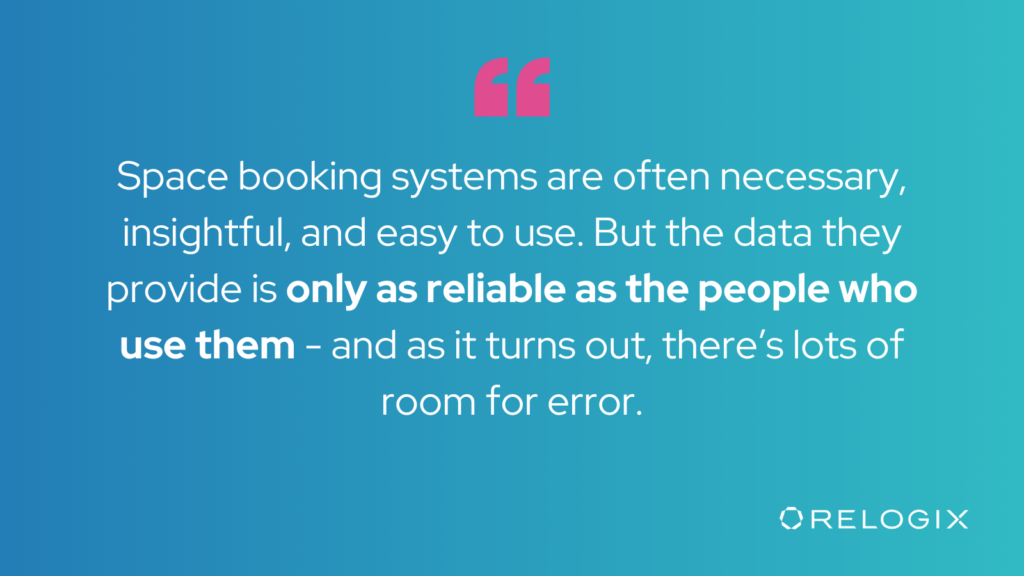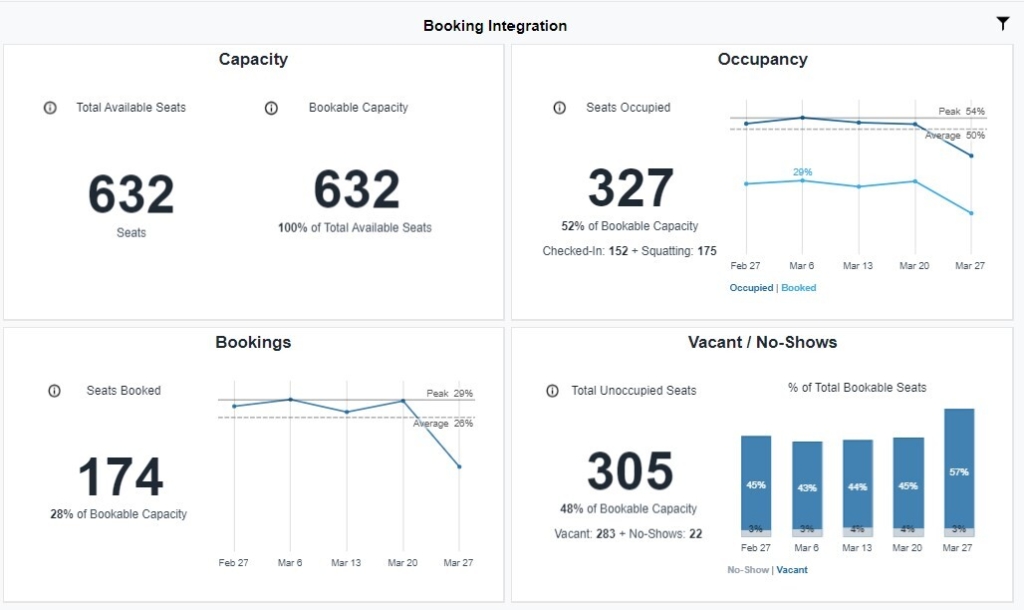How to Use Your Booking Data to Build a Better Strategy
Level Up Your Data with Conexus
In the world of work today, we’re living with a whole host of variables that complicate the landscape: uncertainty surrounding today’s world, data siloes and out-of-date data, the absence of a single source of truth, and the evolving needs and desires of employees, and more. In this turbulent environment, organisations are continuing to deliberate over what to do next.
Above all, data-driven decision making is crucial. The problem isn’t the amount of workplace data that exists now or will exist in the future—the problem is ensuring the transparency of the data, to the right people, at the right time, in the right way. No person managing space has the time and mental bandwidth to number crunch and analyse multiple data sources, using resource-heavy and cumbersome tools. They want and need trusted answers and genuine insights, ready and waiting.
This is where Conexus fits in.
The Conexus platform ingests and integrates multiple data sets, layering information to produce dynamic, trusted, and fast-to-the-finger data. Sources could include:
- Occupancy sensors
- Space booking systems
- IWMS
- HRIS
- Badging
- Surveys
- WIFI
Make Your Data Work For You: Space Booking Systems
Here at Relogix, we often talk about the importance of understanding the data on employees’ intended behaviour versus their actual behaviours. To give some insight into the power of this kind of data integration, let’s talk a bit more specifically about how this plays out with a commonly used workplace technology: space booking systems.

Space booking systems are often necessary, insightful, and easy to use. But the data they provide is only as reliable as the people who use them—and as it turns out, there’s lots of room for error. Without occupancy sensors, space booking systems only show what people intend to do—not their actual behaviour. If we took some time to reflect and be honest with ourselves, we know right down to the individual level that our intentions don’t always turn into reality.
Many employees these days wake up in the morning with choices: where are they going to work? How are they going to work? And with whom? This leaves far too many variables to be able to rely on their stated intentions from when they booked spaces a week ago.
However, combine occupancy sensors with desk booking software using Conexus, and you can capture how people intended to behave—layered with what they actually did. This allows organizations to understand the how people adopt and experience workplace technologies. With regards to space booking, it captures space squatting percentages and no-shows, and identifies opportunities to improve the supply and demand of spaces and the workplace experience.

Automations That Improve The Employee Experience
Another key point where data integration makes all the difference is with automating check-ins. Space booking systems rely on some form of manual user check-in. If this doesn’t happen—say, the employee just forgets—this could result in the space being released for another person to book. With integrated occupancy sensors, we can now automate the check-in only when the space is actually occupied. This seamless use of technology only improves the workplace experience—no more showing up to your booked seat to find it’s already taken.
And, crucial to the Workplace Manager, this same functionality can auto-release the space in the event of a no-show. This avoids the frustrating situation of being unable to book a meeting room or seat when, with just a glance around, we can see that many spaces are actually free. This is just another example of Conexus assisting in the management of the supply and demand of spaces and powering the workplace experience of its users. The days of arriving at a workplace looking for somewhere to sit should never have existed, but they are now certainly a thing of the past.
Where Do We Go From Here?
There is space in the future of the employee experience for the physical workspace, but it must be a destination that people want to go to—there has to be seamless technology and spaces to collaborate, connect and be curious, all with a focus on sustainability. To achieve this, we need data-driven decision making, using trusted answers and genuine insights, all live, ready, and waiting for you when you need them. This is where Conexus fits in to your Workplace Technology stack.
Contact me today to discuss how data integrations within Conexus can facilitate certainty in an uncertain world.

